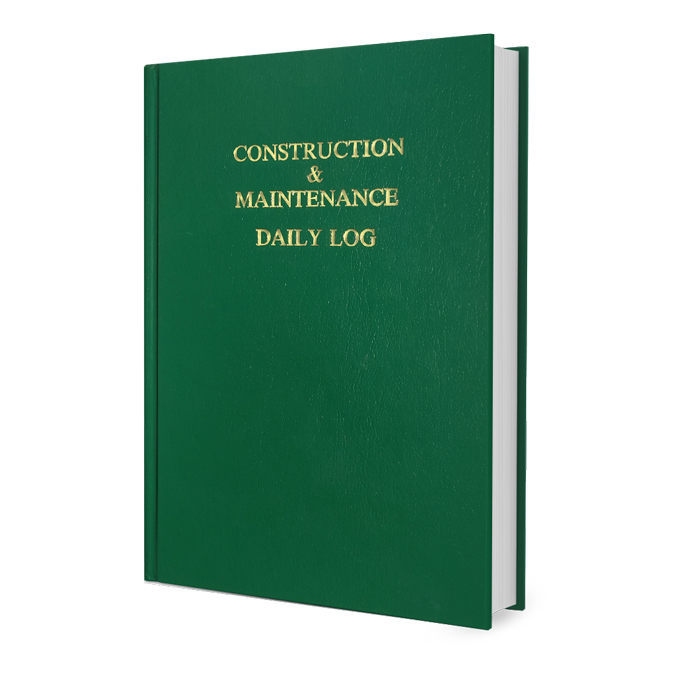It’s been about five years since model building codes were initially modified to limit the use of water-resistant gypsum board (“green board”) in shower and tub areas. Accordingly, it seems like a good time to review where the code language rests at present and to discuss some related misconceptions.
Given a push primarily from the insurance and homebuilding industries, the modified language first appeared in the 2004 Supplement to the International Codes. In its first iteration, the language affected only the International Residential Code and was enforceable only if a jurisdiction adopted the 2004 Supplement. The language contained in the supplement was fully incorporated into the 2006 edition of the IRC.
Coincident language first appeared in the International Building Code in 2006. The language currently does not appear in NFPA 5000, Building Construction and Safety Code.
The 2004 Supplement language-and again, it only affected the IRC-mandated the following: “cement, fiber-cement, glass-mat gypsum backers … (to be) used as backers for wall tile in tub and shower areas and wall panels in shower areas.”
The language also listed the appropriate ASTM standards for the three mandated materials: C 1288, C 1325, or C 1178. By 2009, ASTM C 1278 fiber-reinforced gypsum panels had been added to the list of acceptable backer materials in the IRC. In addition, the descriptive terms describing the acceptable materials had been tweaked to read: “fiber-cement, fiber-mat reinforced cement, glass mat gypsum backers or fiber-reinforced gypsum backers.”
Five years have given rise to two commonly held misconceptions about the revised model code language. The first and most egregious misconception is that the language absolutely prohibits the use of green board in bathrooms. Such is not the case, for the language only mandates the use of a material other than green board at shower and tub areas-locations typically referred to as “wet areas” in bathrooms. Tiled locations other than those at shower and tub surrounds still can utilize gypsum board as the backing board or tile backer. In addition, one of the code-accepted “wet area” backer products can be installed at a non-wet area.
The second misconception is that the incorporation of the new language into the codes somehow modified the long-standing model code mandate that narrows the spacing of framing members when green board is applied to a ceiling. To the contrary, that language was not modified in either the IRC or the IBC during the modification process, and it remains unchanged to this day. Both codes still contain language that reduces the allowable distance between framing members when green board is applied to a ceiling.
TWO CODE LANGUAGES
Subtle differences exist between the language in the IBC and the IRC, however, the overall intent is identical: use a material other than green board at tub and shower surrounds. The IBC mandates the use of the backing materials at “ceiling panels in shower areas”-language that does not appear in the IRC-and the IBC contains a slightly different product list when compared to the IRC. It also incorporates technical language to describe the materials that is somewhat more precise than that used in the IRC.
It’s interesting to note that while the net effect of the code language is to prohibit the use of green board at wet areas, neither code is written using a manner that specifically bans the material; instead, both incorporate positive voice language that mandates the use of specific products other than green board at specific locations. Using the positive voice makes enforcement of the code cleaner and helps eliminate situations where an attempt might be made to use a fully inappropriate product that has just come onto the market.
Now that it appears that the language is here to stay, organizations such as the Gypsum Association are beginning to revise impacted documents. GA-216, Application and Finishing of Gypsum Panel Products, is presently under review for creation of a 2010 edition, and the appropriate sections of the text will be modified to reflect a reference to the modified code language. Doubtless a similar discussion will occur regarding ASTM C 840, Application and Finishing of Gypsum Board. Organizations such as the Tile Council of America are also reviewing related language.
So, has the revised code language caused a decrease in green board shipments? It’s difficult to determine if that is the instance, for the statistical data accumulated by the Association are not finite enough to determine the net effect of the revised language. In addition, the sizable retreat in overall construction makes comparison of time-period data difficult at best.
What we do know is that overall shipments of all forms of water-resistant interior gypsum panel products have remained relatively strong during the housing slump. United States manufacturers shipped 1.5 billion square feet, or approximately 4 percent of all material shipped, of water-resistant interior gypsum panel products to domestic locations in 2005. By 2008, domestic shipment volumes of water-resistant interior gypsum panels had declined only slightly from 2005 levels. Due to a decline in overall panel and board shipments, the market segment of water-resistant interior panels increased to 6 percent in 2008.
This is not to suggest that green board shipments have held up during the housing downturn because the category in which the numbers are aggregated also picks up data for water-resistant interior panel products other than green board. What the data may actually be reflecting is the increased acceptance of specialized water-resistant panel products that have come into the market during the past decade.
It’s also far too early to determine if these code language modifications are accomplishing their altruistic intention of reducing the potential for mold and moisture-related degradation problems by removing paper-faced gypsum products from areas where they might be exposed to water and moisture. With only a handful of years of implementation and an aberrant housing market, it’s difficult to draw any static conclusions. W&C
All Things Gypsum: Addressing Misconceptions about Green Board
Looking for a reprint of this article?
From high-res PDFs to custom plaques, order your copy today!





